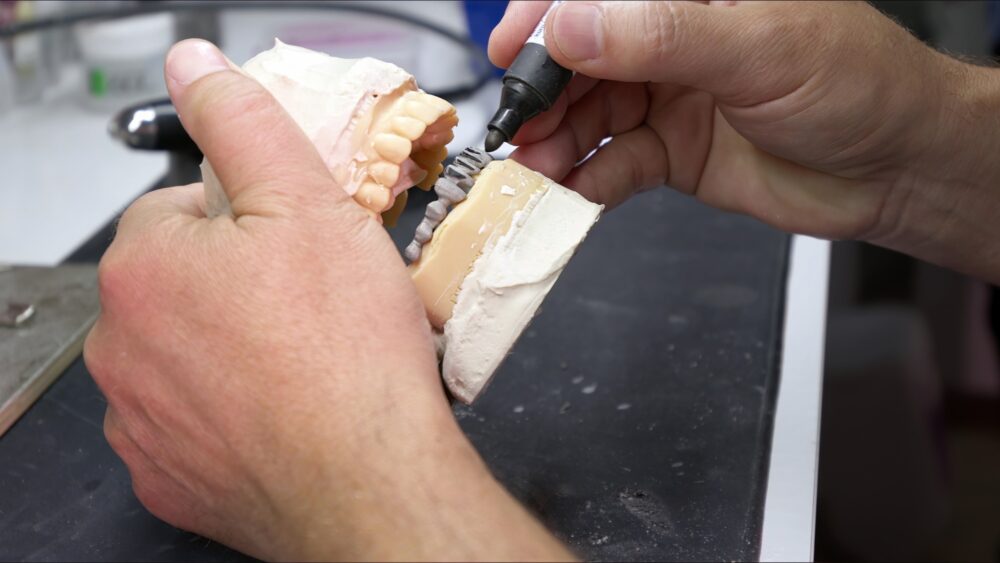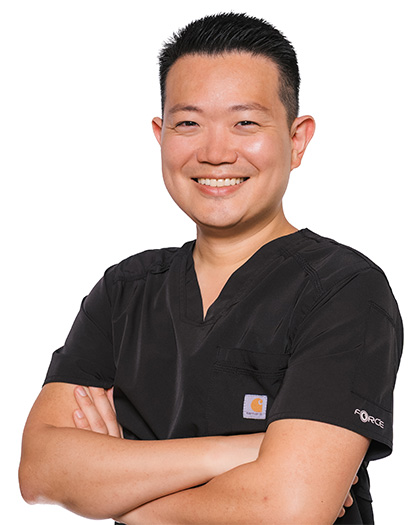When it comes to modern dentistry—especially restorations like fillings, veneers, or composite bonding—adhesion is everything. The better a restoration bonds to your tooth, the longer it lasts and the more natural it feels.
That’s where etching techniques come in. At Pecan Tree Family Dentistry, we use scientifically backed etching systems that maximize bond strength while keeping patients comfortable.
🧪 Why Do Dentists Etch Teeth?
Etching prepares the tooth surface (enamel and/or dentin) for bonding. It does this by:
- Removing the smear layer
- Increasing surface energy
- Creating microscopic grooves for adhesives to lock into
This process allows adhesives and resins to form a tight mechanical and chemical bond to your natural tooth structure.
🔵 Total-Etch (Etch-and-Rinse) Technique
How it works:
A separate 35–37% phosphoric acid gel is applied to enamel and dentin. After 15 seconds, it’s rinsed off and the tooth is gently dried. Then primer and adhesive are applied.
Benefits:
✅ Highest bond strength to enamel
✅ Excellent for veneers and enamel-heavy restorations
Drawbacks:
⚠️ Technique-sensitive
⚠️ Can cause sensitivity if dentin is over-etched or dried too aggressively
🟢 Self-Etch Technique
How it works:
An acidic primer/adhesive is applied directly to the tooth—no rinsing. It etches and bonds in one step.
Benefits:
✅ Less risk of post-op sensitivity
✅ Great for deep cavities or areas with poor isolation
Drawbacks:
⚠️ Lower bond strength to enamel compared to phosphoric acid
⚠️ May underperform on uncut enamel or in cosmetic cases
🟡 Selective-Etch Technique
How it works:
Phosphoric acid is used only on enamel, while dentin is treated with self-etch adhesive. This provides strength where needed while protecting the dentin.
Benefits:
✅ Best of both worlds—strong enamel bond + low dentin sensitivity
✅ Ideal for esthetic zones and mixed enamel/dentin restorations
Drawbacks:
⚠️ Requires precision to avoid accidentally etching dentin
📊 When to Use Each Etching Method
| Technique | Best For | Strengths | Challenges |
|---|---|---|---|
| Total-Etch | Veneers, inlays, enamel-rich zones | Highest enamel bond | Moisture sensitivity |
| Self-Etch | Deep cavities, dentin-rich cases | Low sensitivity, fast | Lower enamel bond |
| Selective-Etch | Mixed enamel/dentin, anterior esthetics | Balanced strength + comfort | Requires placement control |
At Pecan Tree Family Dentistry, we use universal adhesives that allow for all three approaches—giving us the flexibility to choose the right one for your specific tooth and restoration.
📌 Related: What Is a Dental Filling?
📌 Learn more about Restorative Dentistry
🦷 Planning a Restoration? We Get the Bond Right the First Time
Whether you’re getting a filling or a full cosmetic makeover, bonding strength and technique matter. Our team is trained in the latest adhesive protocols to give your restoration the best chance of long-term success.
📞 Call (972) 562-0767 or request a consultation



